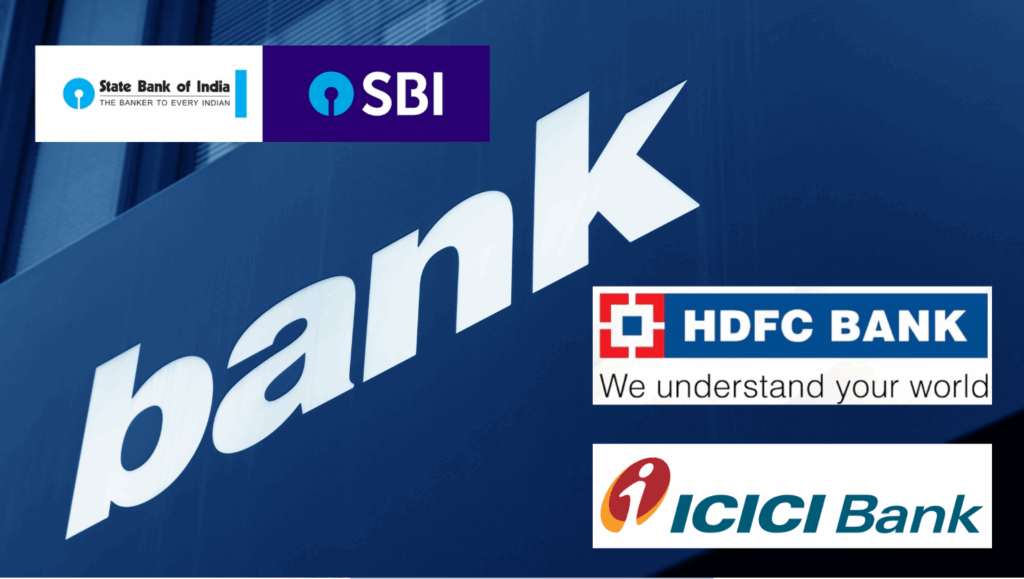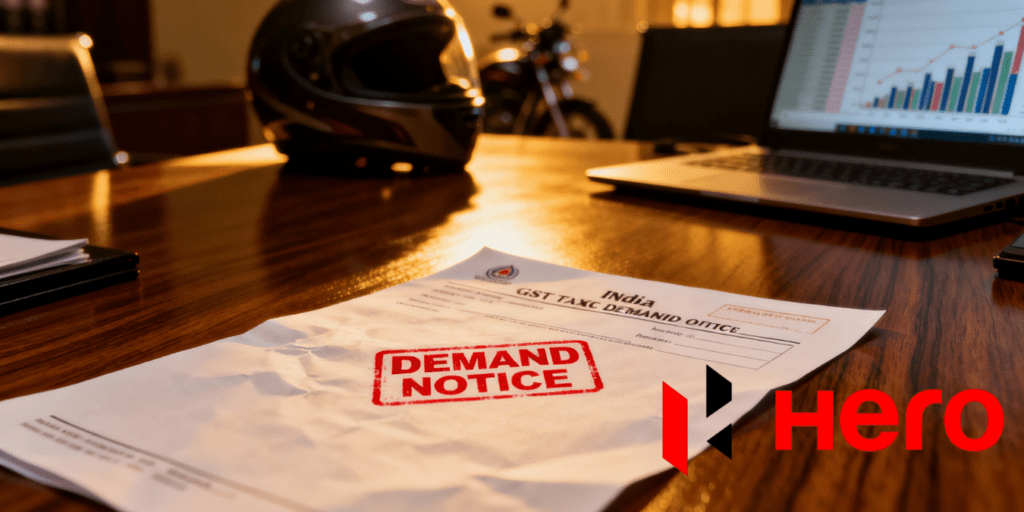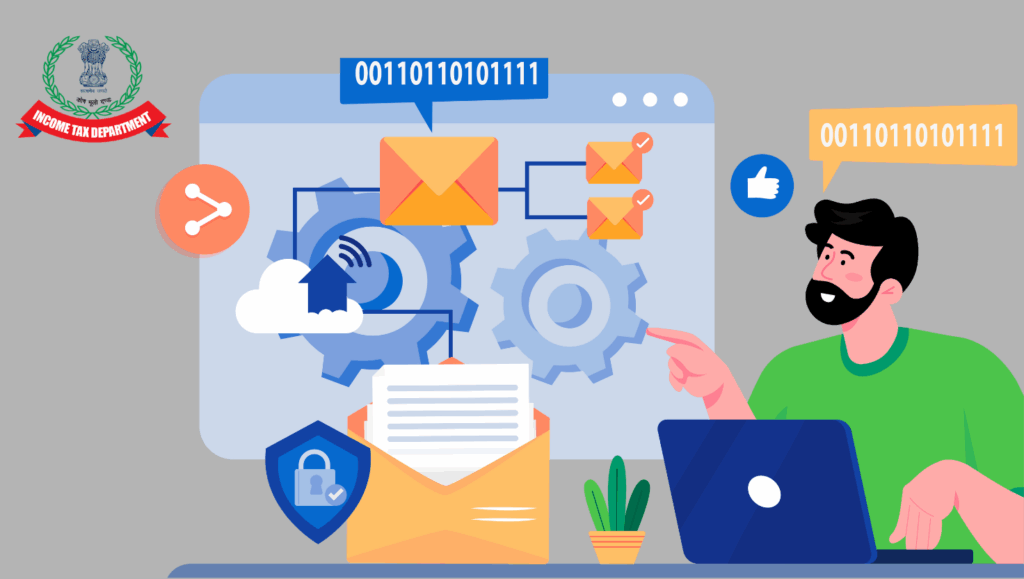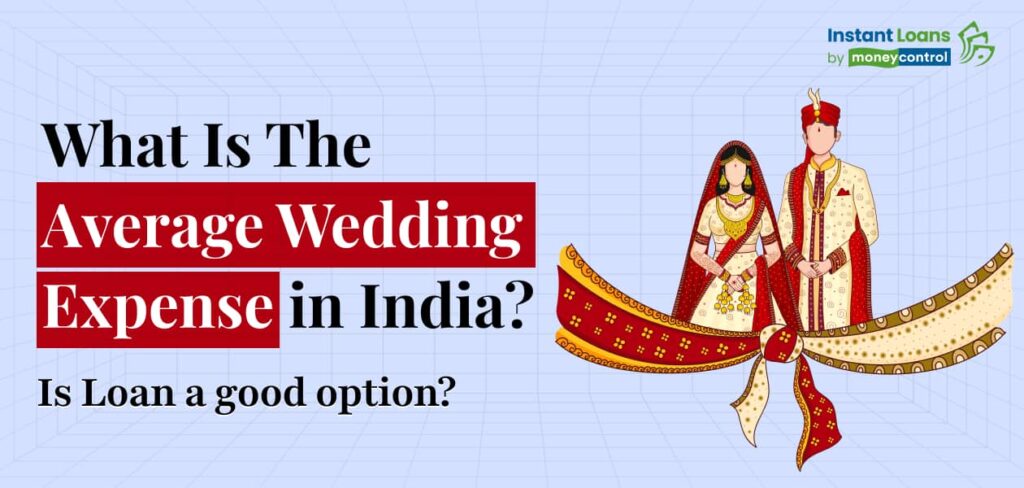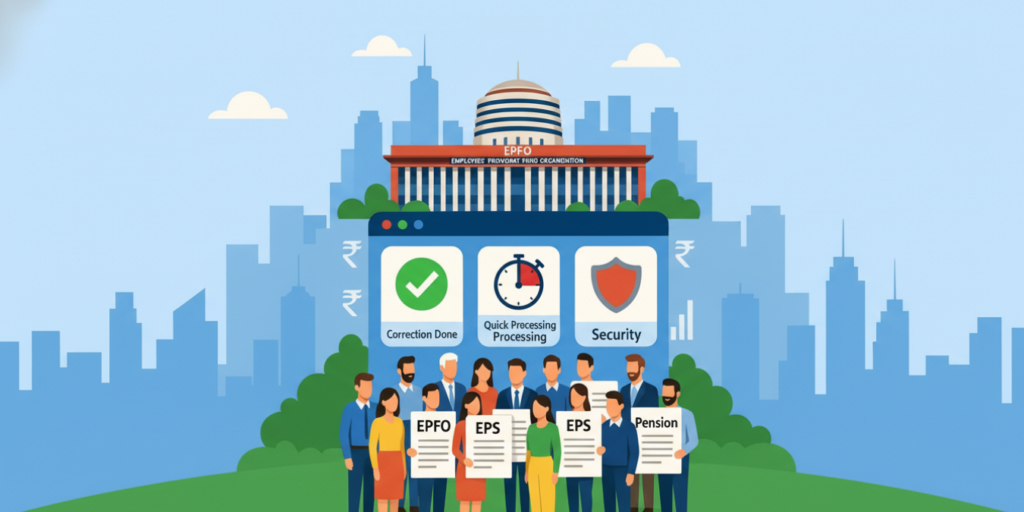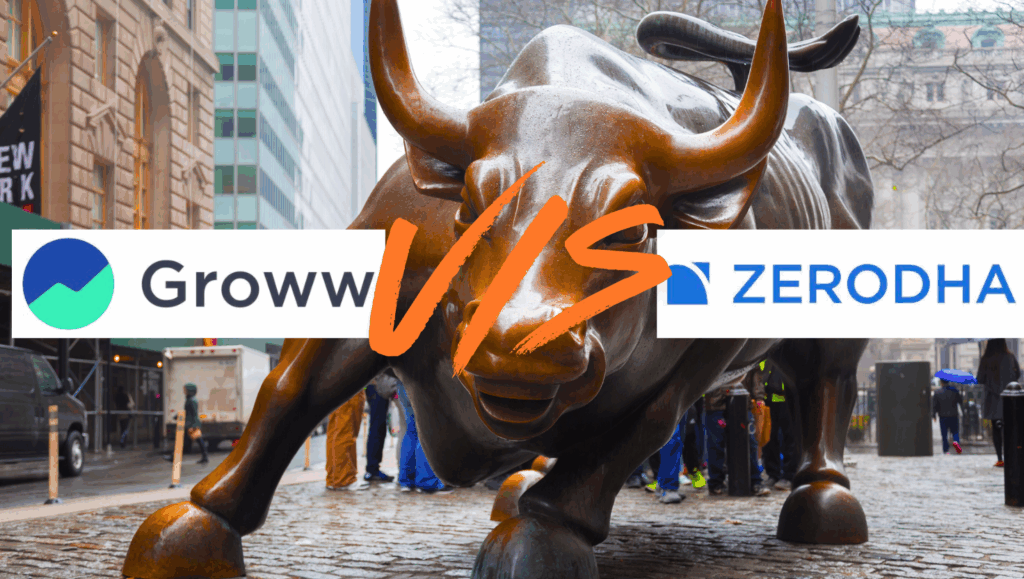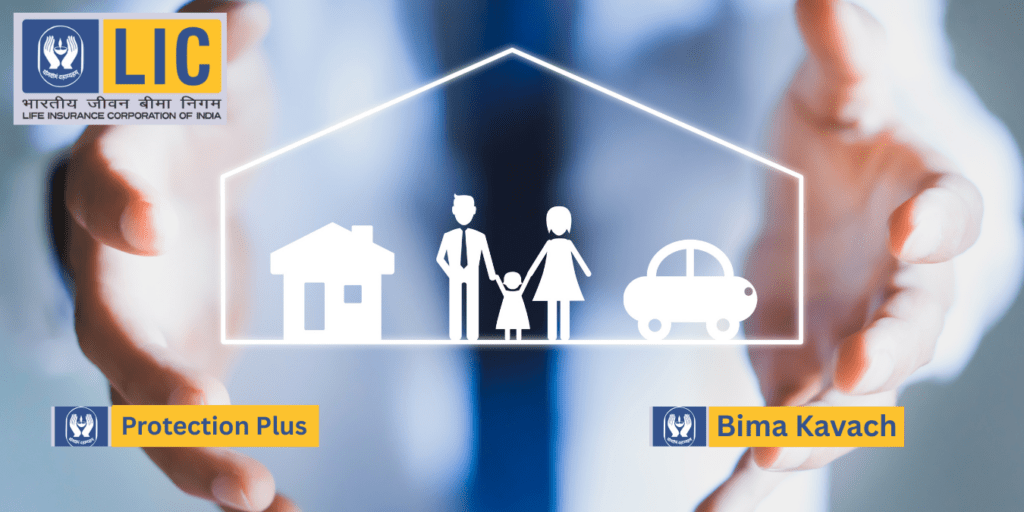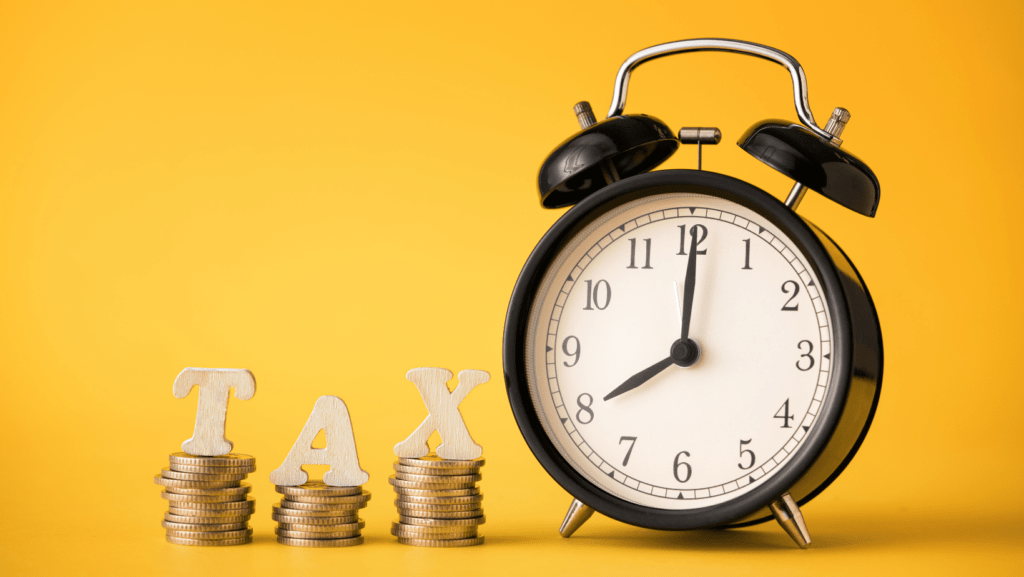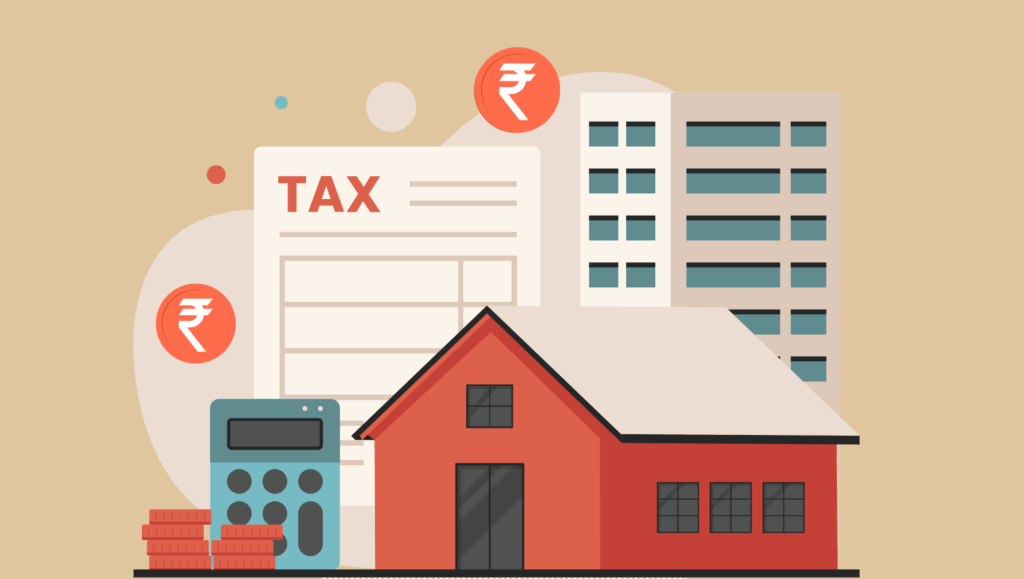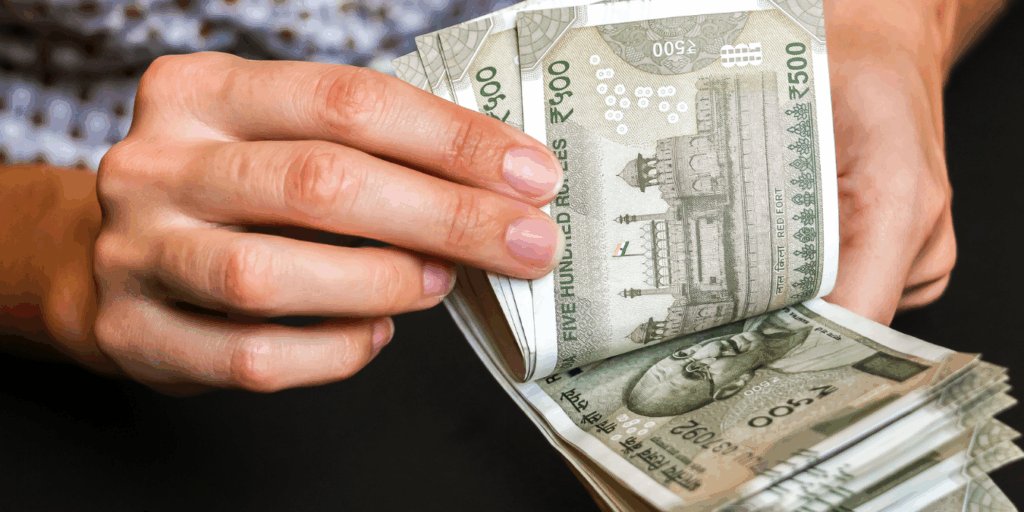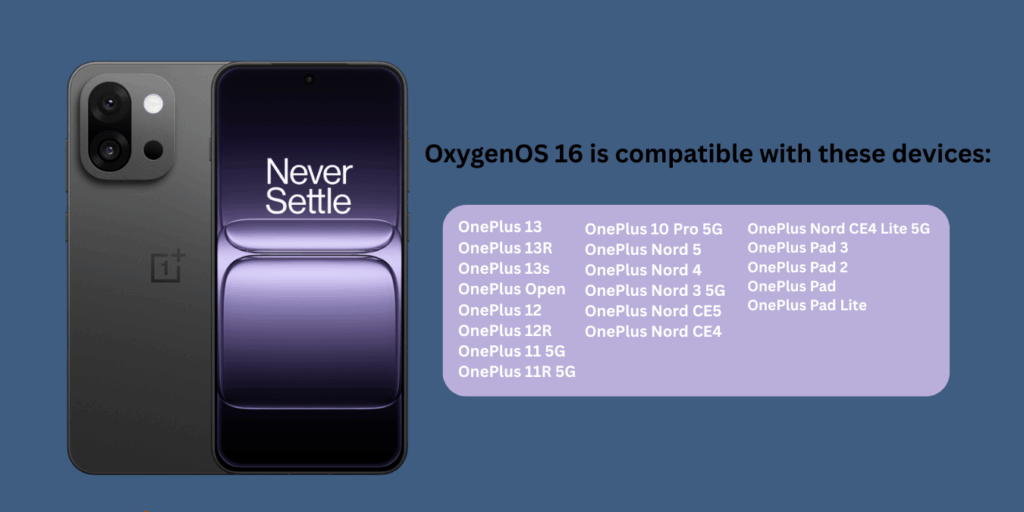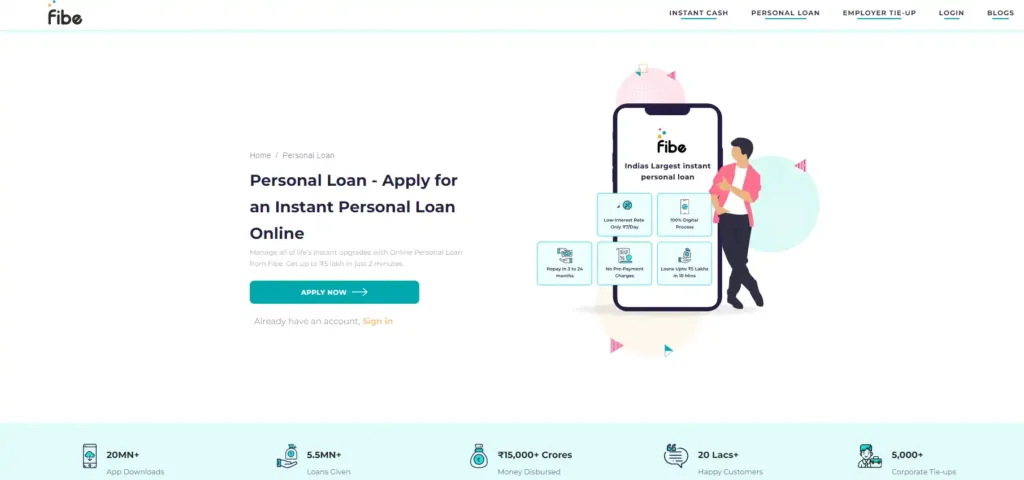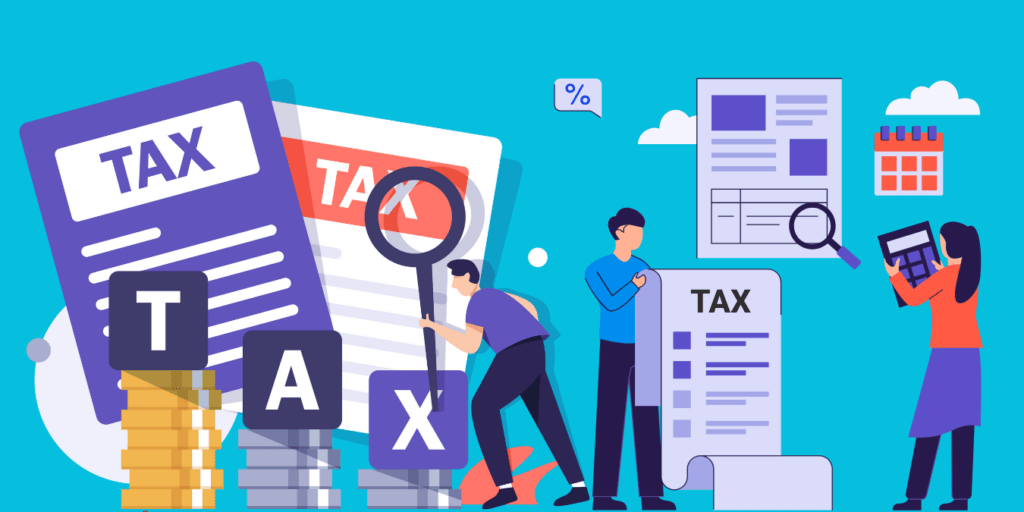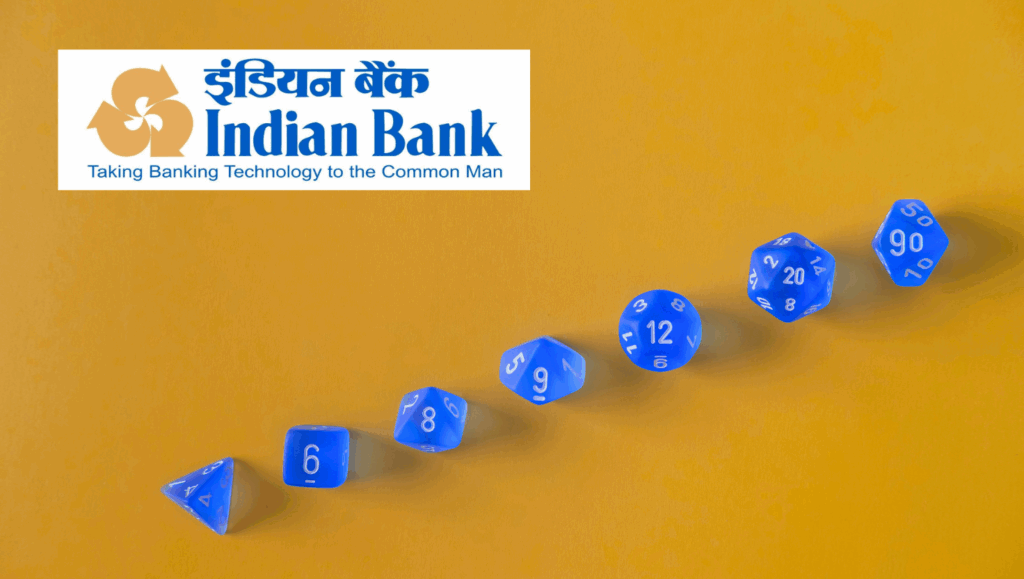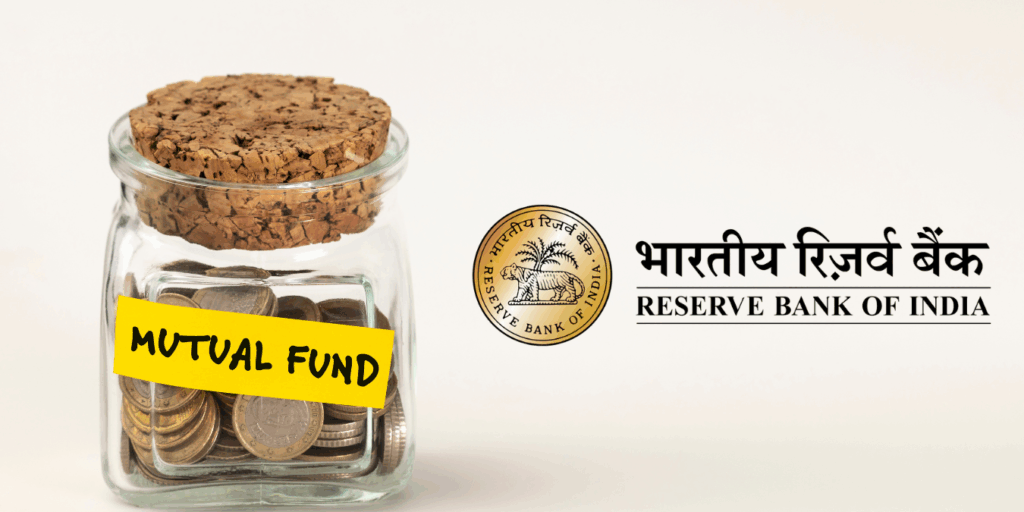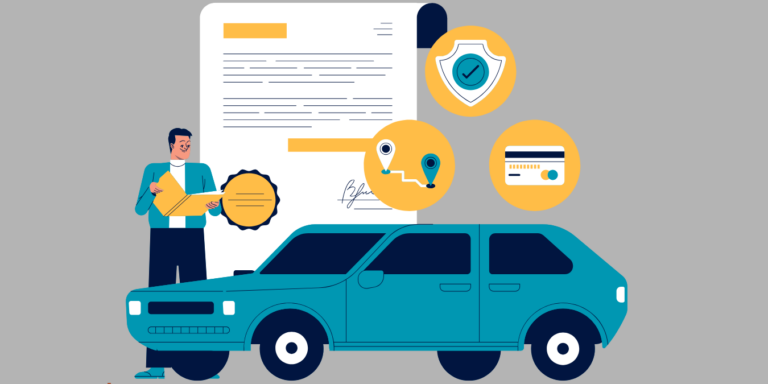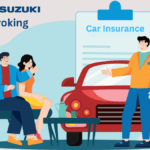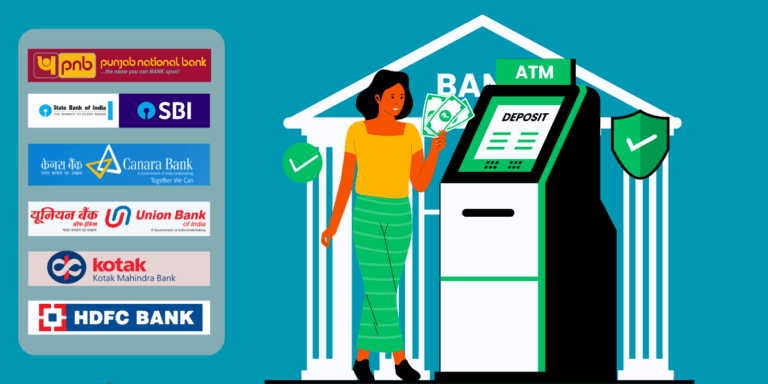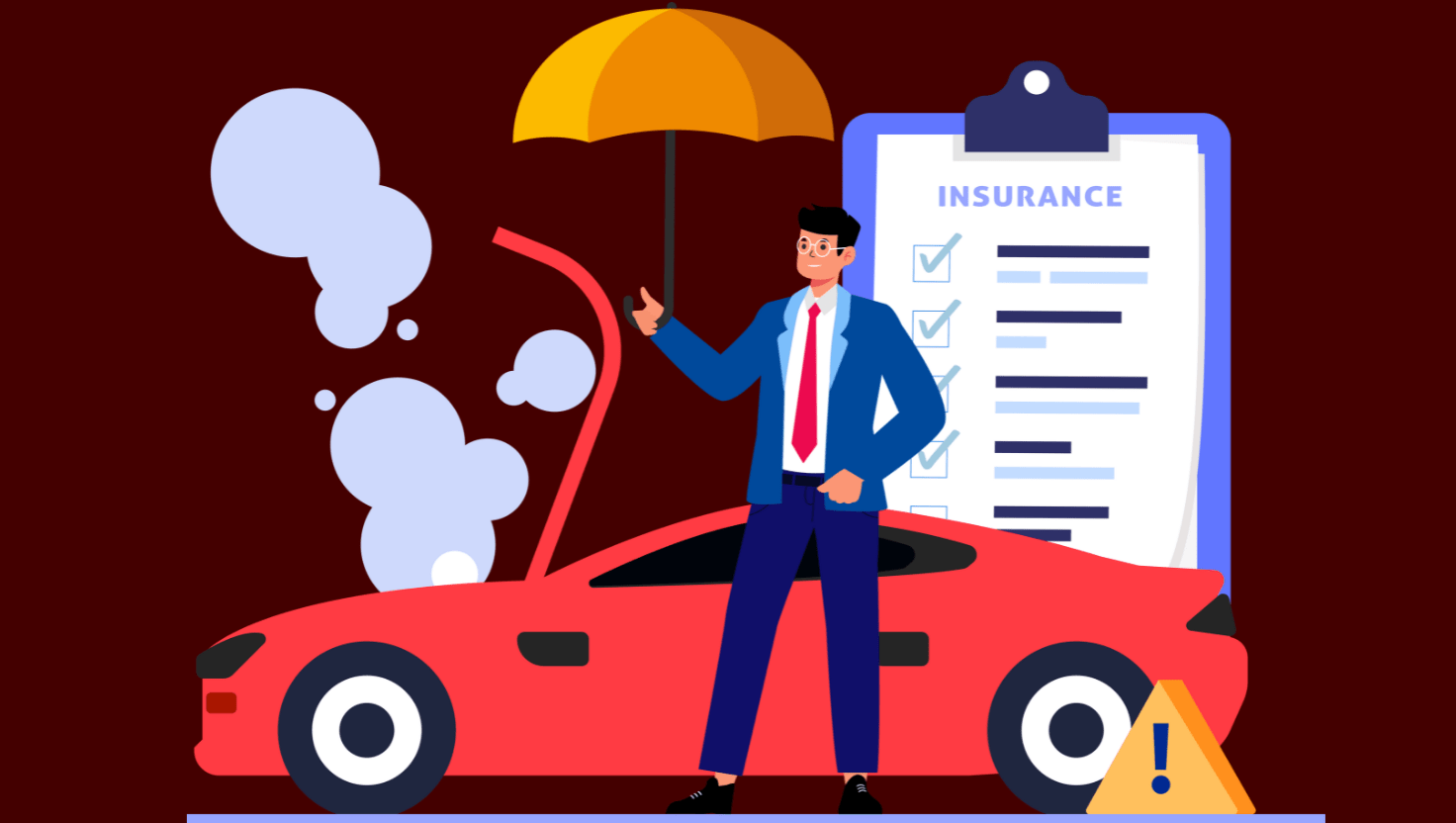
Curious about how filing a claim impacts your car insurance premium in India? Discover the surprising factors that could affect your rates and learn expert tips to keep costs low!
As a car owner in India, you’ve likely invested in a car insurance policy to protect yourself from financial risks. But what happens when you need to file a claim? Will your auto insurance premium skyrocket? This question lingers in the minds of many Indian drivers, especially given the rising costs of car insurance. In this comprehensive guide, we’ll explore how filing a claim affects your car insurance premium, the latest data on premium trends, and practical strategies to manage costs effectively. This blog is designed to inform, engage, and rank high on Google.
Understanding Car Insurance in India
Before diving into the impact of claims, let’s break down the types of car insurance available in India. This foundational knowledge helps clarify why premiums behave the way they do.
Types of Car Insurance Policies
- Third-Party Insurance: Mandated by the Motor Vehicles Act of 1988, third-party insurance covers damages or injuries caused to a third party in an accident where you’re at fault. It does not cover damages to your vehicle. Premiums for third-party insurance are regulated by the Insurance Regulatory and Development Authority of India (IRDAI) and remain unaffected by claims.
- Own-Damage Insurance: This optional coverage protects your vehicle against damages from accidents, theft, or natural calamities. It’s a key component of comprehensive plans and directly influences premium costs when claims are filed.
- Comprehensive Insurance: Combining third-party and own-damage coverage, comprehensive insurance offers all-inclusive protection. It covers third-party liabilities, damages to your vehicle, and additional risks like theft or natural disasters. Filing a claim under this policy often impacts premiums.
How Are Premiums Calculated?
Car insurance premiums in India are determined based on several factors:
- Vehicle Details: Age, make, model, and Insured Declared Value (IDV).
- Driver Profile: Age, driving history, and location.
- Claims History: Previous claims increase perceived risk, affecting premiums.
- Policy Type: Comprehensive plans cost more than third-party policies.
- No Claim Bonus (NCB): A discount for claim-free years, typically ranging from 20% to 50%.
With this backdrop, let’s address the burning question: Does filing a car insurance claim increase your premium in India?
Does Filing a Claim Increase Your Car Insurance Premium?
The short answer is yes, filing a claim can increase your car insurance premium in India, but the extent depends on the type of claim, policy, and insurer. Let’s break it down.
Why Premiums Increase After a Claim
When you file a claim, insurance companies reassess your risk profile. Here’s why this often leads to a premium hike:
- Loss of No Claim Bonus (NCB): The NCB is a discount on your own-damage premium for every claim-free year, starting at 20% and capping at 50% after five years. Filing a claim resets your NCB to zero, significantly increasing your premium at renewal. For example, losing a 50% NCB on a ₹10,000 own-damage premium could raise your cost by ₹5,000.
- Premium Loading: Insurers may apply premium loading, an additional charge of 10-15% on your premium, if they deem you a high-risk driver due to frequent claims. This is common for drivers with multiple claims in a short period.
- Increased Risk Perception: Filing a claim signals to insurers that you’re more likely to file again, elevating your risk profile. This is especially true for at-fault accidents or claims for own-damage coverage.
- Rising Claim Costs: claim costs are rising due to higher repair expenses, inflation, and global reinsurance rates, which increased by 40-60% in recent years. These costs are often passed on to policyholders through higher premiums.
Types of Claims and Their Impact
Not all claims affect premiums equally. Here’s how different claims influence your rates:
- Third-Party Claims: These cover damages to third parties and are regulated by the IRDAI. Premiums for third-party insurance are fixed and unaffected by claims. However, frequent third-party claims may lead to scrutiny from insurers, potentially affecting comprehensive policy terms.
- Own-Damage Claims: Claims for damages to your vehicle (e.g., accidents, theft, or natural disasters) directly impact premiums. Filing such a claim removes your NCB and may trigger premium loading.
- Not-at-Fault Claims: If you’re not at fault in an accident, your premium may still increase, depending on the insurer and state regulations. Some insurers view drivers involved in accidents (even non-fault ones) as riskier.
Data Insights
Recent data highlights the financial impact of claims:
- Average Premium Increase: In India, filing an at-fault claim can increase comprehensive premiums by 20-50%, largely due to NCB loss and premium loading.
- Third-Party Premiums: IRDAI-set third-party premiums for private cars (up to 1000cc) are ₹2,094 per annum, unchanged by claims.
- Claim Costs: Motor insurance claims in India have risen due to increased vehicle thefts (over 1 million in 2023) and repair costs, contributing to a projected 10-15% premium hike.
Factors Influencing Premium Increases
Several factors determine how much your premium rises after a claim:
- Driving Record: A history of accidents or traffic violations amplifies premium hikes. For instance, drivers with multiple claims may face a 44% increase in full-coverage premiums.
- Location: Urban areas with high accident or theft rates (e.g., Delhi, Mumbai) often see higher premiums due to increased risk.
- Vehicle Type: Expensive or high-risk vehicles (e.g., SUVs, EVs) have higher repair costs, leading to steeper premium increases after claims.
- Insurer Policies: Each insurer has different underwriting criteria. Some may impose stricter premium hikes for claims, while others offer forgiveness for first-time accidents.
- Economic Factors: Inflation, rising repair costs, and reinsurance rate hikes contribute to overall premium increases, even for claim-free drivers.
How to Minimize Premium Increases After a Claim
Worried about a premium hike? Here are actionable tips to keep your car insurance costs manageable:
1. Avoid Unnecessary Claims
Small repairs (e.g., minor dents or scratches) may cost less out-of-pocket than the premium increase from losing your NCB. Compare repair costs to your deductible and potential NCB loss before filing.
2. Increase Your Deductible
Opting for a higher deductible (e.g., ₹1,000 instead of ₹250) can lower your premium by up to 19%. Ensure you can afford the deductible in case of a claim.
3. Shop Around
Compare quotes from multiple insurers before renewing. Some companies weigh claims less heavily or offer discounts that offset increases. Use online tools like car insurance premium calculators for accurate quotes.
4. Leverage Discounts
Ask about discounts for safe driving, bundling policies (e.g., auto and home insurance), or installing anti-theft devices. These can reduce premiums by 10-20%.
5. Maintain a Clean Driving Record
Avoid traffic violations and accidents to preserve your NCB and keep your risk profile low. Safe driving habits can save you thousands over time.
6. Consider Pay-Per-Mile Insurance
If you drive less, explore pay-per-mile insurance, which charges based on mileage. This is ideal for low-mileage drivers and can lower costs significantly.
Auto Insurance Trends in India
The auto insurance landscape in India is evolving. Here’s what to expect:
- Rising Premiums: Premiums are projected to rise 10-15% due to increased claim costs, inflation, and reinsurance rates.
- Electric Vehicles (EVs): EVs are 23% more expensive to insure than gasoline cars due to high repair costs, though legacy manufacturers’ EVs (e.g., Ford, Volkswagen) are 25% cheaper to insure than Tesla or Rivian models.
- Telematics Programs: Insurers are increasingly offering usage-based insurance, rewarding safe drivers with discounts based on real-time driving data.
- Regulatory Changes: The IRDAI continues to regulate third-party premiums, ensuring affordability, but comprehensive premiums are subject to market dynamics.
Final thought
Filing a car insurance claim in India can indeed increase your premium, primarily due to the loss of NCB and potential premium loading. However, the extent of the increase depends on the claim type, your driving history, and insurer policies. With auto insurance costs rising 10-15%, it’s crucial to make informed decisions about claims and explore cost-saving strategies like higher deductibles, safe driving, and comparing quotes.
By understanding how claims impact premiums and leveraging discounts, you can keep your car insurance costs manageable. Drive safely, stay insured, and protect your wallet from unexpected hikes!
In some cases, yes. Insurers may view you as riskier, even if you weren’t at fault, leading to a modest premium hike. Check with your insurer for specifics.
A claim typically impacts premiums for 3-5 years, depending on the insurer and claim severity. Maintaining a claim-free record can lower rates over time.
You can minimize increases by avoiding small claims, increasing deductibles, and shopping for better rates. Safe driving also helps preserve your NCB.
No, third-party premiums are fixed by the IRDAI and unaffected by claims.
Use an online car insurance premium calculator or contact your insurer for a post-claim quote.
